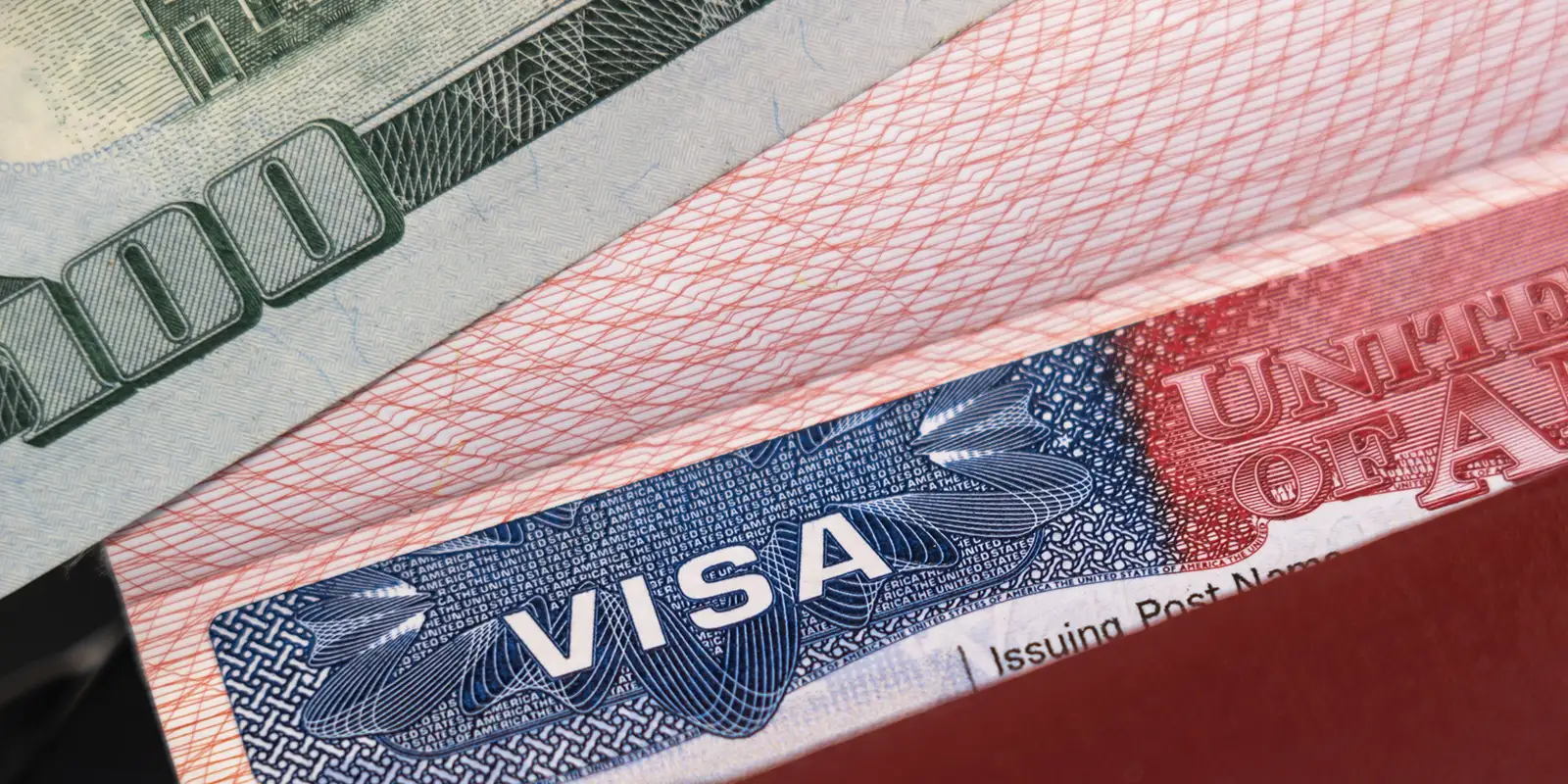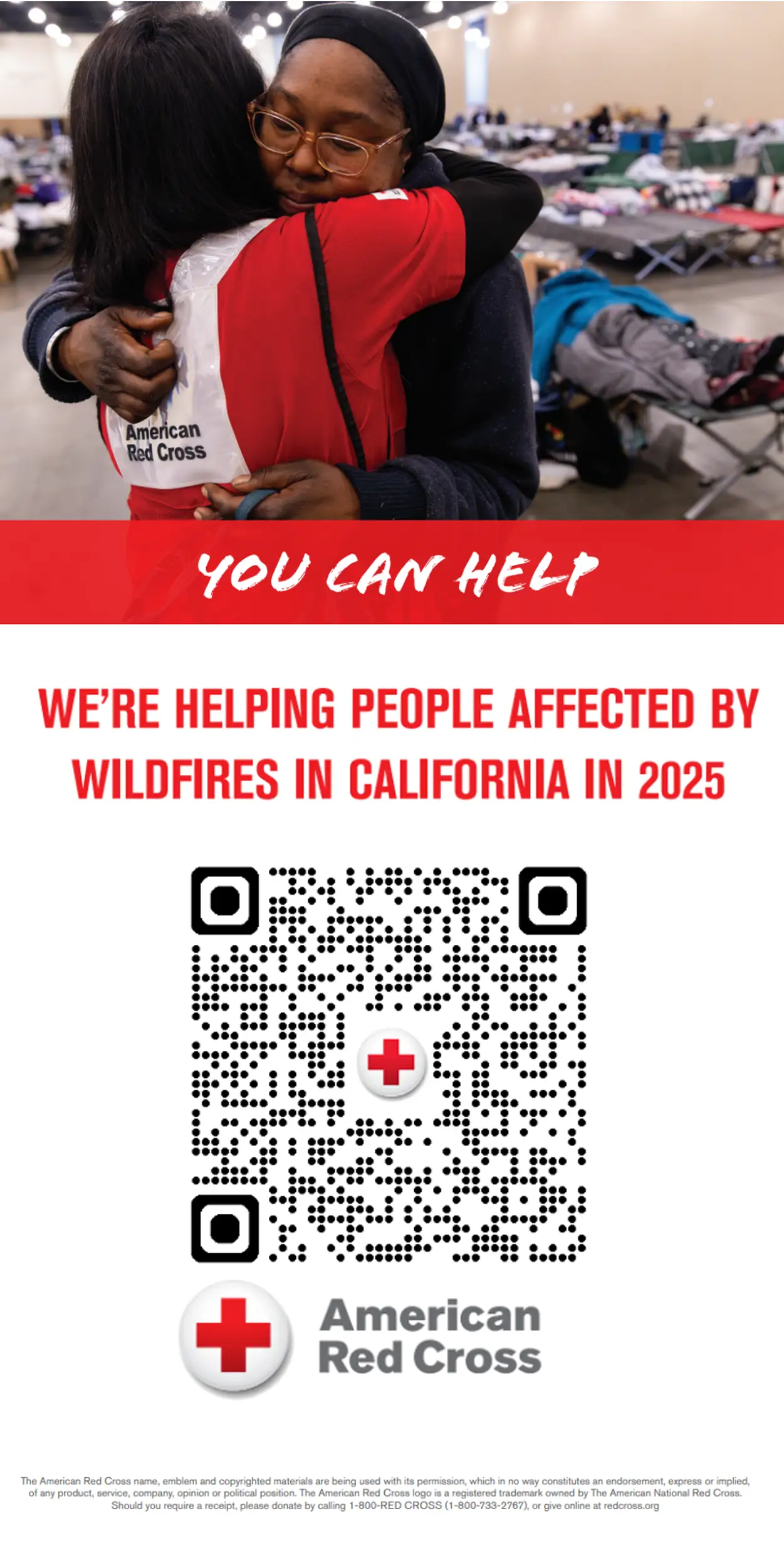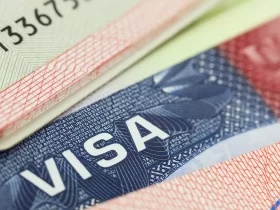Starting on October 1, 2025, the United States will apply a new $250 “visa integrity fee” for travelers from countries that are not part of the visa waiver program. With this charge, the total cost of obtaining a visa will rise to $442, making it one of the highest fees in the world, according to the U.S. Travel Association.
The government has indicated that this measure seeks to strengthen security and improve processing procedures. However, the tourism and hotel industry has expressed concern that the change could alter international travel patterns and directly affect destinations that depend on foreign visitors.
Who will be most affected?
Those most affected will be travelers from key markets such as Mexico, Argentina, Brazil, India, and China, which represent a significant portion of tourism to the United States. For many, this additional expense on an already costly trip could cause them to reconsider their visit. And what is most worrying for the industry is that this measure comes at a difficult time: in July 2025, international arrivals to the country fell by 3.1%, reaching 19.2 million visitors. This is the fifth consecutive month of decline, when it was expected that this year would finally exceed pre-pandemic levels.
In Latin America, for example, there had been notable growth: through May, travel from Mexico had increased by almost 14% over the previous year; from Argentina it rose 20% and from Brazil 4.6%. However, the increase in costs threatens to slow this positive trend.
Tourism and international perception
Spending by foreign visitors in the US is estimated to fall to $169 billion in 2025, down from $181 billion in 2024, according to the World Travel and Tourism Council. Analysts believe that the new charge not only affects the economy, but also the country’s image, which is already perceived as less hospitable due to the Trump administration’s immigration and trade policies.
In addition to the increase in fees, the government has proposed stricter measures, such as limiting the duration of visas for students and journalists, or requiring deposits of up to $15,000 for certain visitors, in order to prevent them from staying longer than permitted.
Impact on the future
Specialized consulting firms had predicted that international tourism to the U.S. would grow by more than 10% in 2025. However, current figures point to a further decline of 3%. Experts say this decline could continue as long as restrictive policies remain in place.
In countries such as China, travel to the US has yet to recover after the pandemic: in July, tourist arrivals were 53% below 2019 levels. In India, visits have declined by 2.4% this year, largely due to an 18% drop in students traveling to the country.
A two-way relationship
Some travel agents point out that this increase in costs could lead to reciprocal measures: other countries could begin to impose similar fees on Americans traveling abroad. This is causing concern among travelers who fear that their vacations outside the country will also become more expensive.
The challenge for the industry
Tourism is one of the key industries for the US economy, and international events such as the 2026 World Cup and the 2028 Los Angeles Olympics depend on the arrival of large numbers of visitors. However, the new fees and restrictions could diminish the country’s appeal as a destination, just at a time when global competition for tourists is becoming increasingly intense.
In short, the new $250 fee may seem like just another formality, but for millions of travelers it represents a significant barrier. And while some will absorb the cost as part of their trip, for others it will be reason enough to choose a different destination.






































Leave a Reply